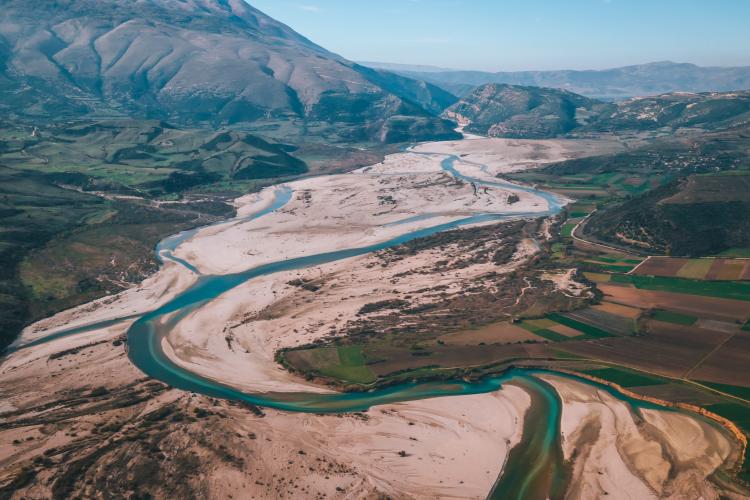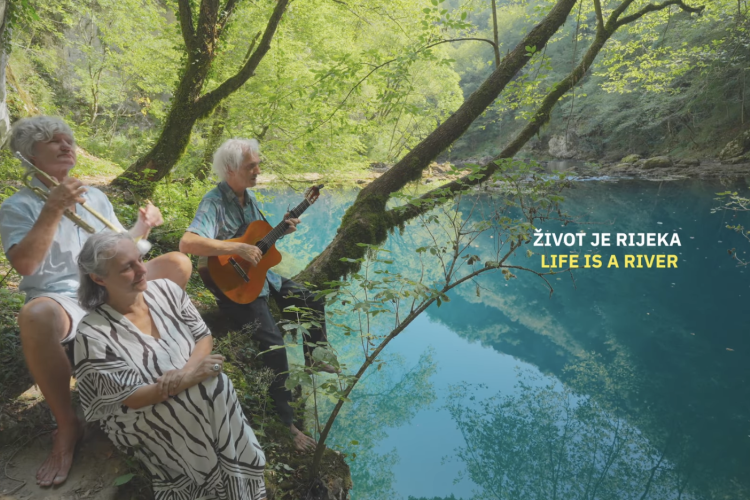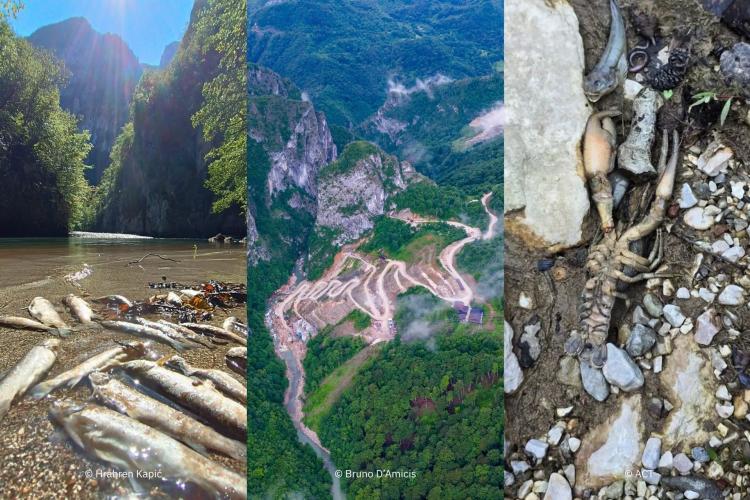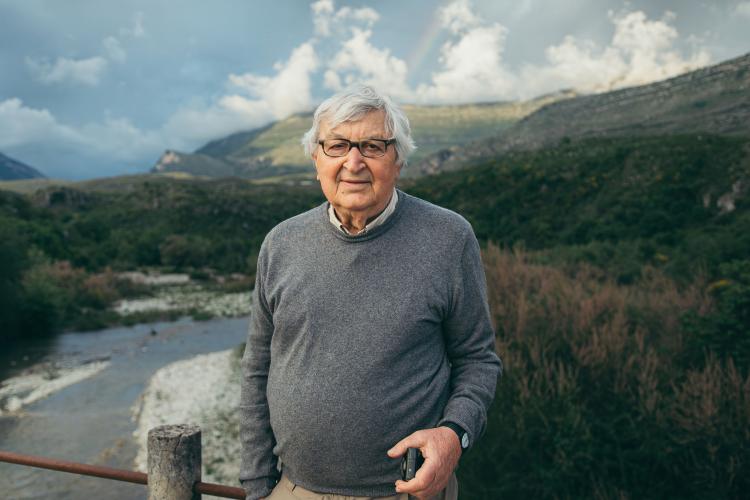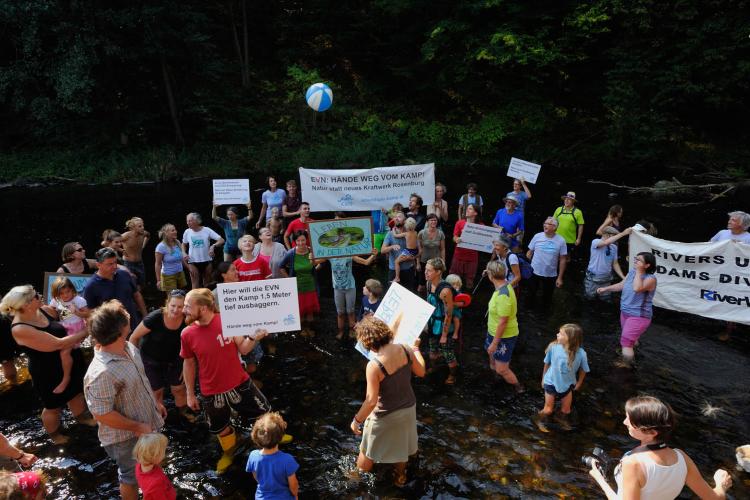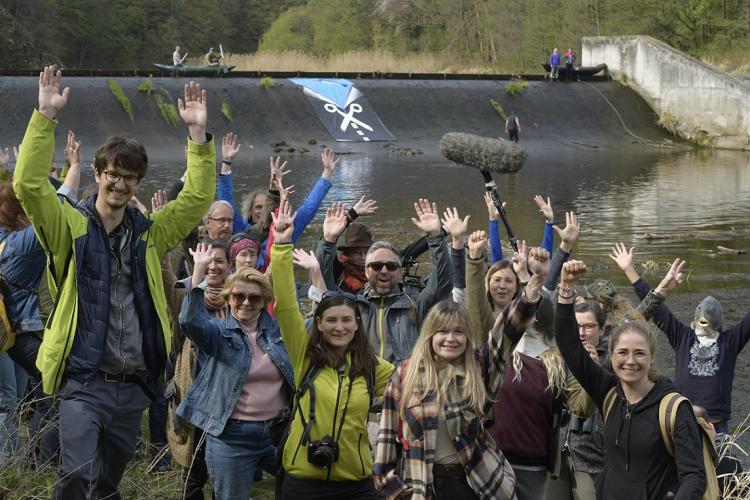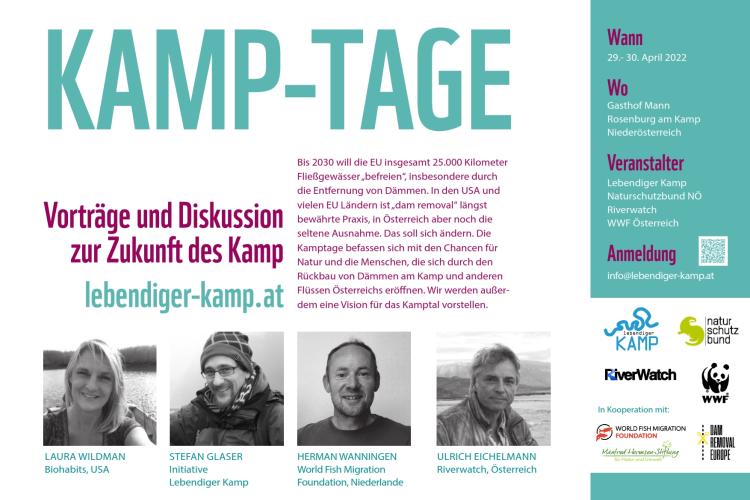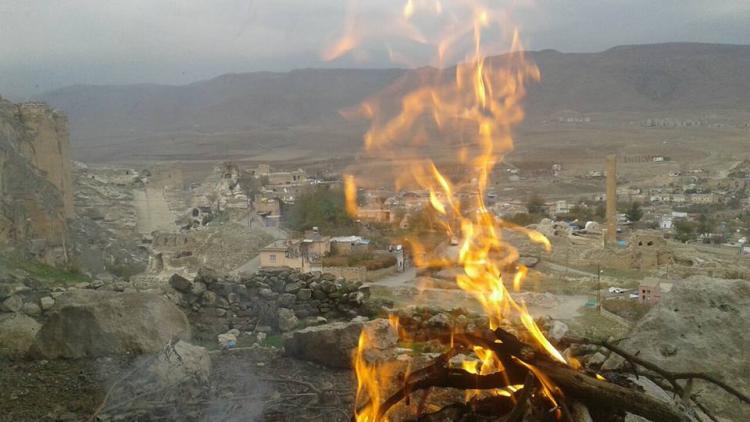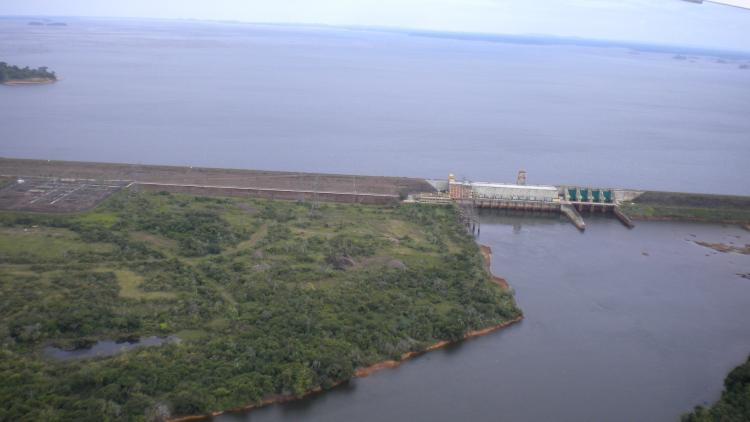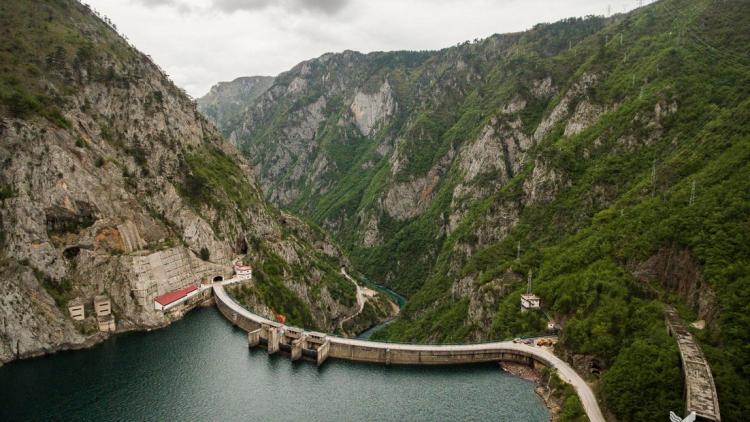Find out in this video what a lower water level as a consequence of hydropower means for fish. The problem of "shallow water zones" due to reservoir flushing has been known for years. The ecological effects on river and fauna are immense. Sorry, in German only. !!Warning: this video contains disturbing images!!
General Tag / No project reference
If you want to see for yourself what „green and clean“ hydropower actually looks like, you currently have the chance to do so at the river Mur in Graz. In preparation for a highly contested hydropower project in Graz, about 700 trees – amongst them old willows, poplars and elm trees – have been clear-cut at the banks of the Mur under police protection and against heavy protests of thousands of people last week.
Read the latest news about the Ilisu construction from Ercan Ayboga, Initiative to Keep Hasankeyf Alive: The construction of the Ilisu Dam and HEPP still continues, currently with an unknown number of workers (probably hundreds). According to a 26 November 2016 statement of Ali Fuat Eker, director of the 16th region of the DSI (State Water Works), 85 % of the project has been completed.
The Altenau is a creek in Germany, close to Paderborn. In consequence of a flood, it was canalised and impounded since the 1970s. However, decades of dedication finally paid off: the Altenau is now being restored. Recently, another river section was given back to nature.
Once again, European companies participate in the destruction of the world heritage city Hasankeyf by the Ilisu dam. A Dutch and a Greek company are planning to provide the necessary technical know-how for the relocation of a 600 year old monument and therewith contribute to the inundation of this ancient city.
Hydropower is not green, it is not even carbon neutral, as Washington State University researchers now confirm. “In their paper to be published next week in BioScience, the researchers reported that reservoirs of all sorts are important sources of the potent greenhouse-gas methane. The gas is produced by decomposing organic material underwater,” so the Seattle Times report...
Hydropower is a phase-out model. Wind and solar – environmentally, socially as well as economically much sounder – are the energy sources of the present and future. Why is then, that the World Bank seems to ignore the global shift in the renewable energy sector and instead continues to advocate for multi-billion dollar dam projects...
Good news: the hydroelectric dam on the Tapajós river in the Amazon now officially does not get the environmental licence because of social and environmental concerns!
The dam would have flooded 376 sq km of Amazon rainforest and displaced some 12,000 Munduruku Indians. Major Amazon dam opposed by tribes fails to get environmental license
Another article, this time by the Circle of Blue, indicates the end of the hydro era. “[…] A lengthening list of nations around the world […] are reassessing big hydropower dams in an era when wind and solar power are less expensive, much easier to build, less damaging, and far less vulnerable to droughts and floods,” the article states.
The trend is your friend: in 2015, for the first time more solar and wind capacities were created than all coal, oil, hydro and nuclear power plants collectively! Read this article with the newest energy data from Peter Bosshard, International Rivers!

